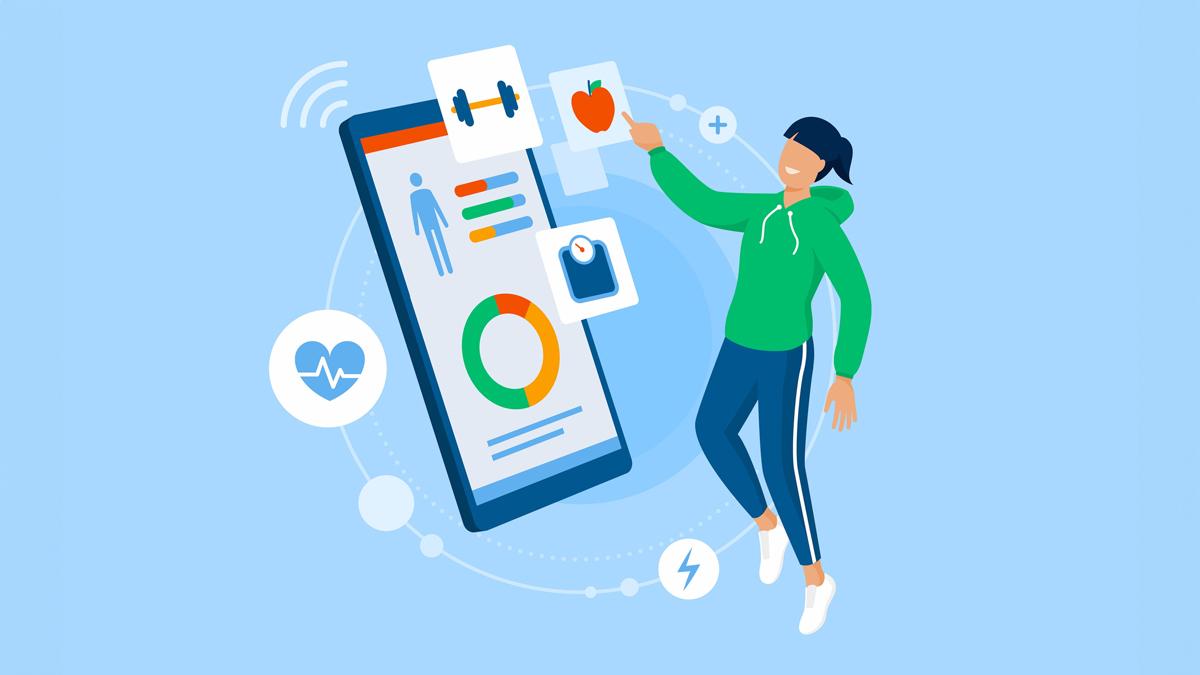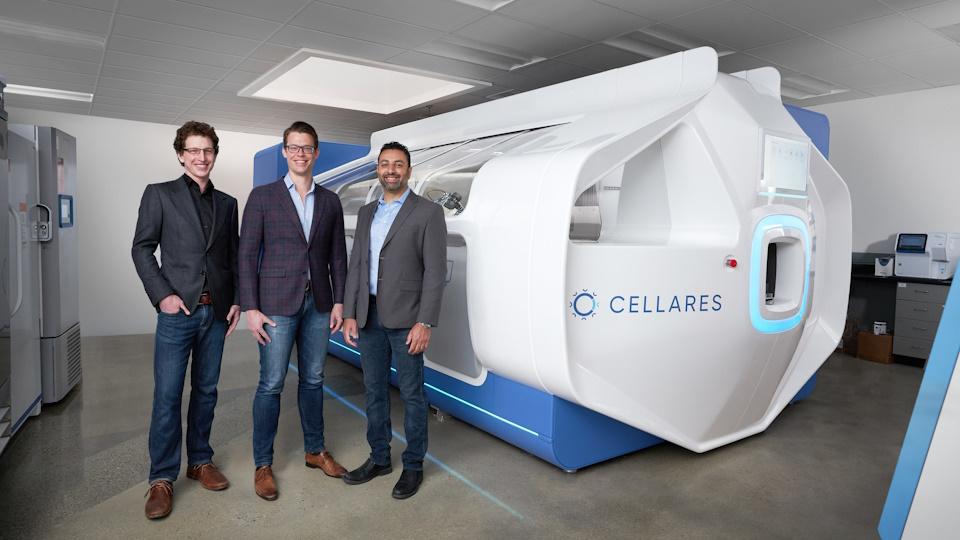How pharma can embrace healthcare big data

Lorenzo Nanetti
IMS Health
Big Data is a visible and proven trend, which is delivering exponentially growing data sources to all stakeholders within healthcare and pharma. To start leveraging these assets, there is a need for both concrete ideas and a framework to “acid-test” related business hypothesis. Here, Lorenzo Nanetti offers a focused, yet pragmatic approach to address these.
Many of us are confronted with the term ‘Big Data’ on a daily basis, but despite the abundance of literature on the subject there is a lack of clear, easy-to-apply frameworks on how it can be applied to business. Cost is clearly a concern and many businesses are asking ‘how can we start leveraging big data without spending a fortune?’ as they often hear about it from companies with a bias towards selling multi-million dollar systems or analytical tools.
 ,
"Big Data often comes in unstructured forms that contain a lot of noise."
 ,
To systematically address the topic, let us start by defining Big Data and how it differs from ‘normal data’:
• Size: Big Data is, as the name suggests, enormous. If you downloaded a digital version of the latest Harry Potter movie it might be around one gigabyte in size, whereas Big Data is seeing around 2.5 exabytes of data generated per day, equivalent to around a billion copies of Harry Potter.
• Speed: With Big Data we are talking about hours, minutes or even fractions of seconds (real time) analysis, not the weeks or months of the past.
• Format: Data types in the past were limited to those created by offices and data warehouses, but Big Data includes numerous new types such as social networks, online shopping transactions, measurements from sensors, stored Google searches and, of course, the data cemeteries existing in all companies.
• Structure: Historically, data has always been ‘structured’, but Big Data often comes in unstructured forms that contain a lot of noise (e.g. surplus information that is not useful for any meaningful analysis).
It is fair to conclude that big data is substantially different from what we have experienced so far.
How Big Data applies to pharma
Before diving into the specifics of how Big Data can be used by the pharma industry, there are some initial questions to consider:
• What can we learn from Big Data use in other industries?
• Are we already doing something similar?
• What ideas do these other industries generate for us?
• How do we implement these ideas in a pragmatic way?
For example, let us consider car navigation systems. How many times has your navigation system warned you about a non-existent queue or, vice-versa, a sudden queue without warning? Now imagine if we could use the signal between the ubiquitous mobile phone we all carry in our cars and fixed mobile antennas to calculate our position and speed. Consider lots of cars all doing this and you suddenly have a real time analysis of traffic position and density – that is a very useful application of Big Data!
 ,
"Social networks are also heavily used for information, advice and to share experiences around various diseases."
 ,
Likewise, in healthcare we find doctors, specialists, patients and the general public are all very active in their use of mobile devices and specifically for applications around health. Social networks are also heavily used for information, advice and to share experiences around various diseases. This has led to much more informed patients who are more vocal with their doctors. Similarly, pharma sales reps still visit doctors but are also often active in their social media networks.
In addition, there are a number of very specific new technological initiatives already generating a huge diversity of useful data, such as electronic medical records and personalised medicine with their application to real-world evidence.
This leads to a ‘multi-dialog’ across many distinct stakeholders, as illustrated in figure1, which influences brand perceptions in a new manner. Assuming we could get precise, quality assured insights out of this context, how valuable could this be for brand, or market strategies and what else is also generating information that is relevant for pharma?
Figure 1: The ‘multi-dialog’ of conversations and data driving brand perceptions
This diversity of data and the necessity of leveraging it means it is important for pharma to think about Big Data capabilities, based around a critical expertise in ‘healthcare-system-oriented’ data integration, which requires deep understanding of:
1. How healthcare systems work in different countries.
2. How these systems impact, for example, the choice of therapy by indication.
3. What are the common denominators that can integrate the peripheral information needed to deliver a real-world snapshot of the market or brand situation?
When taking this into account, Big Data is not really new – we are asking these questions already – but it does open new ways to answer them.
Identifying and implementing Big Data solutions within pharma
Embracing the opportunity represented by Big Data requires pharma to change to more evidence-based decision making behaviour, which is about addressing a number of challenges that go beyond technology.
As a starting point, a really solid business requirement must be articulated, which includes the four key aspects outlined below
1. Generating the idea, with examples (like our traffic queue system).
2. A defined focus on a customer-centric outcome, not just boiling the ocean of data.
3. Attention to available data (including internal data).
4. A compelling business case with clear, measurable outcomes.
Working through this process and drawing on real issues faced by pharma execs, one of the ideas generated is to use Big Data as a tool to better understand the complex networks of influencers that are emerging in the sales process. Within this, possible questions that could be explored are:
• Which doctors work in which hospitals?
• Which doctors have relations with which specialists?
• Who influences a specialist and who is influenced by them?
• Which clinical studies are run in a particular hospital and who is involved?
Numerous additional questions around the behaviour of prescribers, payers, patients and competitors can also be included. The consequent data requirement it so collect information around, for example, the doctor, reference hospital, number of visits, reaction to the visit, preferred message and so on, which must be visualised.
 ,
"…making good use of Big Data is not just about technology, but also having a clear business case and internal support."
 ,
The next challenge is then identifying and integrating the right information sources, such as CRM systems, freely available publications, affiliation information, publically available organisation charts and information from social networks such as LinkedIn and Xing. Assuming we can achieve this, the final questions is can we use this to generate a view of the networked market in a way which helps us in understanding and proactively managing it? If we believe so, then we are ready to move to proof-of-concept.
A well-planned proof-of-concept must be carefully designed and be:
• focussed on available data,
• time-constrained and able to deliver an outcome within e.g. 4-6 weeks,
• results-oriented and able to clearly articulate business benefit.
During any initial pilot project, it is likely that challenges around data quality and information will be encountered, but these will inform downstream activities.
After all this planning, the appointment of a team to test the hypothesis in a short amount of time will be critical to deliver the first results, which in turn will be used to get senior leaders excited about the opportunity as well as to build the sense of urgency necessary to foster the further endorsement and expansion of the initiative.
Challenges and opportunities for Big Data
As outlined above, making good use of Big Data is not just about technology, but also having a clear business case and internal support.
However, the opportunity it presents for pharma is significant, particularly where data from social media networks can be utilised, which can provide rapid positive and negative feedback on a large scale around issues experienced during therapy, level of awareness of such issues, the outcome of iterations with doctors, share of voice for discussed drugs and so forth. If we consider also integrating clinical and market research data the possibilities are endless.
The tangible business benefits these feed into include:
• Patient flows that automatically update in response to changes in the healthcare environment.
• Comparing ‘remote’ social media sentiment with call centre discussions.
• Providing a comprehensive product margin view by country.
Once we understand how to start this process of generating the ideas, how to size the working hypothesis, how to test it and deliver real business results, the applications of Big Data concepts are only limited by fantasy.
To hear more about how pharma can use Big Data, please listen to this FREE pre-recorded webcast by the author on ‘First steps into Big Data in Pharmaceuticals’.
 ,
About the author:
Lorenzo Nanetti is Senior Principal in the Commercial Effectiveness Practice at IMS Health in Switzerland (+41 61 204 5010, lnanetti@ch.imshealth.com).
Lorenzo holds an MBA and is a Senior Principal at IMS. He is responsible for business development and project delivery where technology is involved. Lorenzo serves Life Sciences clients since 1985.
How does pharma start to use big data?













